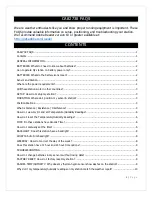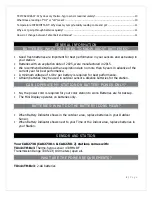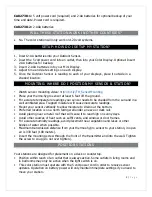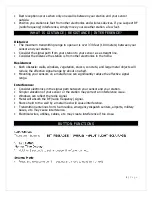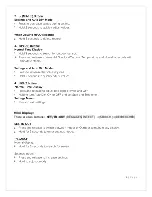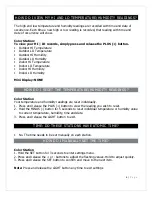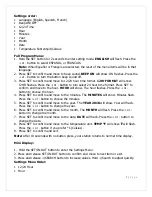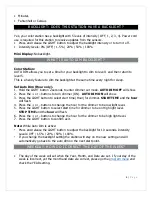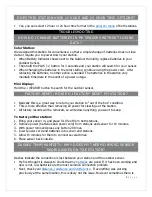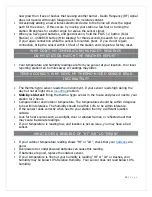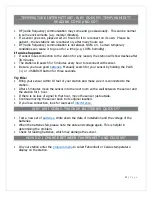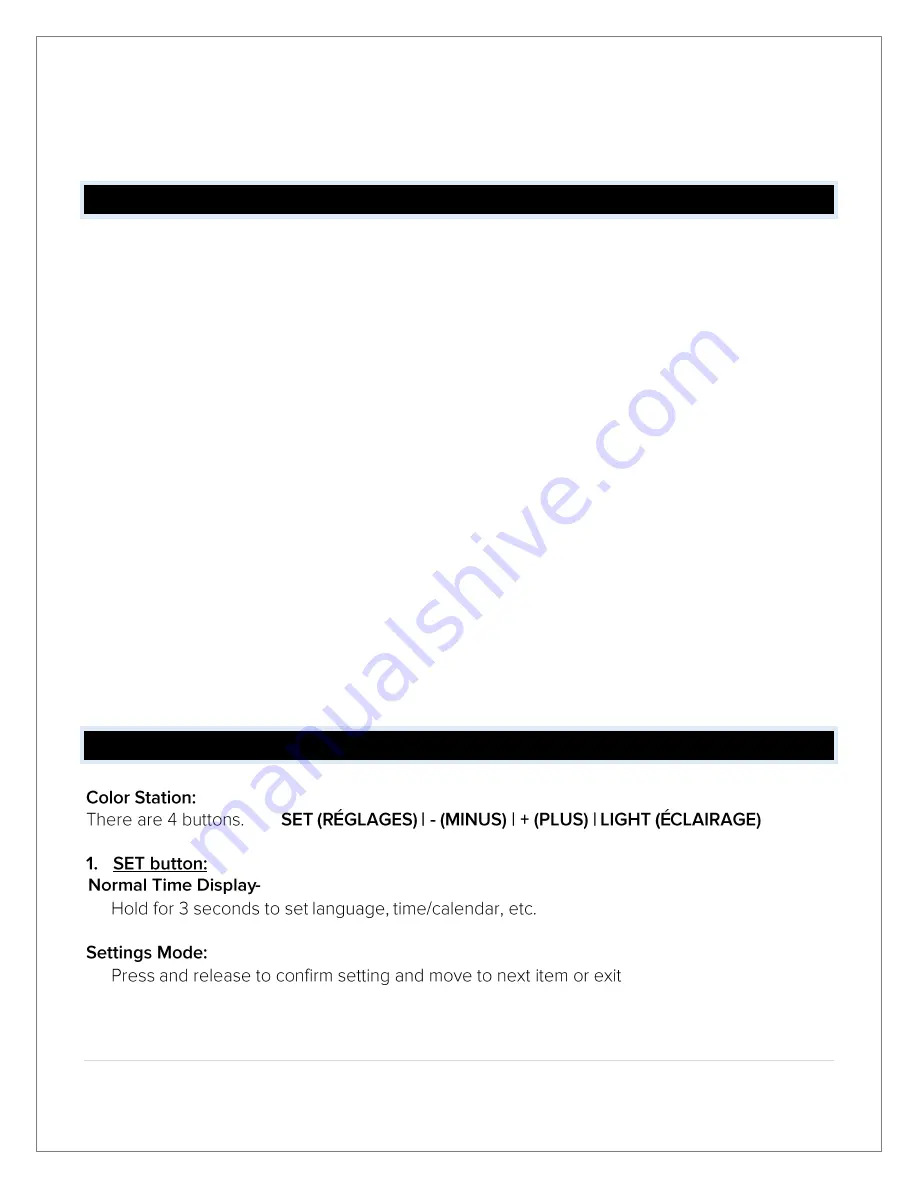
4 |
P a g e
•
Best reception occurs when only one wall is between your station and your sensor
outside.
•
Position you station six feet from other electronics and wireless devices. If you suspect RF
(radio frequency) interference, simply move your weather station a few feet.
WHAT IS DISTANCE | RESISTANCE | INTERFERENCE?
Distance:
•
The maximum transmitting range in open air is over 330 feet (100 meters) between your
sensor and your station.
•
Consider the signal path from your station to your sensor as a straight line.
•
Consider the distance the station is from other electronics in the home.
Resistance:
•
Each obstacle: walls, windows, vegetation, stucco, concrete, and large metal objects will
reduce the effective signal range by about one-half.
•
Mounting your sensors on a metal fence can significantly reduce the effective signal
range.
Interference:
•
Consider electronics in the signal path between your sensor and your station.
•
Simple relocation of your sensor or the station may correct an interference issue.
•
Windows can reflect the radio signal.
•
Metal will absorb the RF (radio frequency) signal.
•
Stucco held to the wall by a metal mesh will cause interference.
•
Transmitting antennas from: ham radios, emergency dispatch centers, airports, military
bases, etc. may cause interference.
•
Electrical wires, utilities, cables, etc. may create interference if too close.
BUTTON FUNCTIONS
•
•

